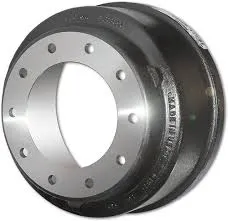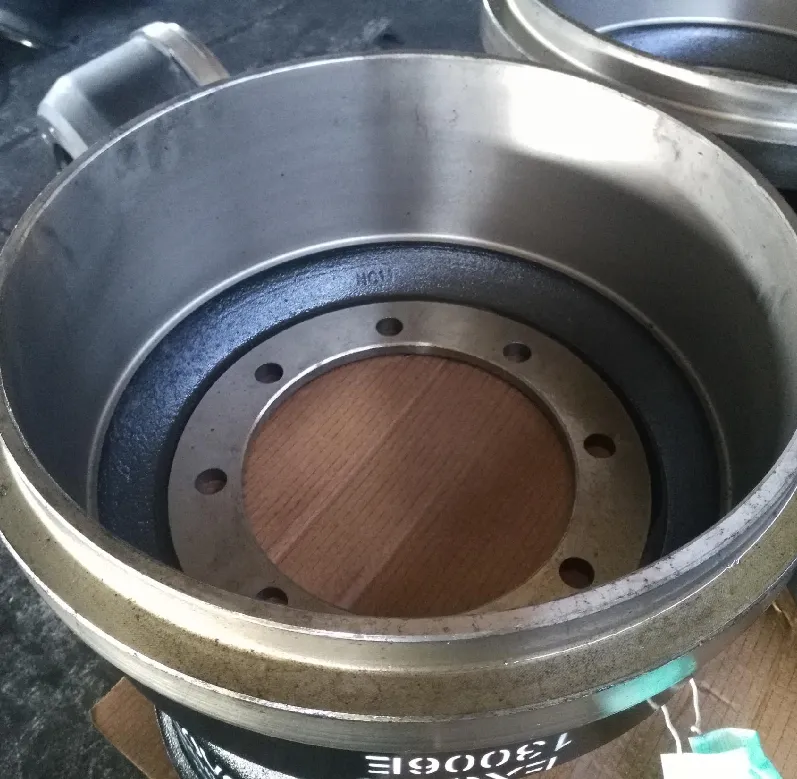
-
 Afrikaans
Afrikaans -
 Albanian
Albanian -
 Amharic
Amharic -
 Arabic
Arabic -
 Armenian
Armenian -
 Azerbaijani
Azerbaijani -
 Basque
Basque -
 Belarusian
Belarusian -
 Bengali
Bengali -
 Bosnian
Bosnian -
 Bulgarian
Bulgarian -
 Catalan
Catalan -
 Cebuano
Cebuano -
 Corsican
Corsican -
 Croatian
Croatian -
 Czech
Czech -
 Danish
Danish -
 Dutch
Dutch -
 English
English -
 Esperanto
Esperanto -
 Estonian
Estonian -
 Finnish
Finnish -
 French
French -
 Frisian
Frisian -
 Galician
Galician -
 Georgian
Georgian -
 German
German -
 Greek
Greek -
 Gujarati
Gujarati -
 Haitian Creole
Haitian Creole -
 hausa
hausa -
 hawaiian
hawaiian -
 Hebrew
Hebrew -
 Hindi
Hindi -
 Miao
Miao -
 Hungarian
Hungarian -
 Icelandic
Icelandic -
 igbo
igbo -
 Indonesian
Indonesian -
 irish
irish -
 Italian
Italian -
 Japanese
Japanese -
 Javanese
Javanese -
 Kannada
Kannada -
 kazakh
kazakh -
 Khmer
Khmer -
 Rwandese
Rwandese -
 Korean
Korean -
 Kurdish
Kurdish -
 Kyrgyz
Kyrgyz -
 Lao
Lao -
 Latin
Latin -
 Latvian
Latvian -
 Lithuanian
Lithuanian -
 Luxembourgish
Luxembourgish -
 Macedonian
Macedonian -
 Malgashi
Malgashi -
 Malay
Malay -
 Malayalam
Malayalam -
 Maltese
Maltese -
 Maori
Maori -
 Marathi
Marathi -
 Mongolian
Mongolian -
 Myanmar
Myanmar -
 Nepali
Nepali -
 Norwegian
Norwegian -
 Norwegian
Norwegian -
 Occitan
Occitan -
 Pashto
Pashto -
 Persian
Persian -
 Polish
Polish -
 Portuguese
Portuguese -
 Punjabi
Punjabi -
 Romanian
Romanian -
 Russian
Russian -
 Samoan
Samoan -
 Scottish Gaelic
Scottish Gaelic -
 Serbian
Serbian -
 Sesotho
Sesotho -
 Shona
Shona -
 Sindhi
Sindhi -
 Sinhala
Sinhala -
 Slovak
Slovak -
 Slovenian
Slovenian -
 Somali
Somali -
 Spanish
Spanish -
 Sundanese
Sundanese -
 Swahili
Swahili -
 Swedish
Swedish -
 Tagalog
Tagalog -
 Tajik
Tajik -
 Tamil
Tamil -
 Tatar
Tatar -
 Telugu
Telugu -
 Thai
Thai -
 Turkish
Turkish -
 Turkmen
Turkmen -
 Ukrainian
Ukrainian -
 Urdu
Urdu -
 Uighur
Uighur -
 Uzbek
Uzbek -
 Vietnamese
Vietnamese -
 Welsh
Welsh -
 Bantu
Bantu -
 Yiddish
Yiddish -
 Yoruba
Yoruba -
 Zulu
Zulu
Feb . 07, 2025 01:44
Back to list
drum brake definition
A drum brake is a component of the braking system used in automobiles, featuring a set of shoes or pads that press against a rotating drum-shaped part to slow or stop motion. These brakes are of particular interest not only for their historical significance but also for their continued use in modern vehicles, especially where cost efficiency and certain performance characteristics are prioritized.
Despite these advantages, it is crucial to acknowledge areas where drum brakes are less effective than other systems, such as heat dissipation. In exceptional-performance scenarios and particularly high-speed or high-frequency braking, drum brakes can struggle with effective heat management, potentially leading to brake fade. This is one reason disc brakes are preferred in racing and high-performance vehicles. However, for average driving conditions, drum brakes perform adequately without significant risk of overheating. Moreover, advancements in braking technology such as electrically actuated drum brakes are expanding the capacity for drum brakes to meet modern automotive standards. These innovations allow for more precise braking control and integration with electronic stability programs, making them more relevant in contemporary automotive designs. Manufacturers are continually seeking ways to optimize the performance and adaptability of drum brakes with new materials and electronic enhancements. For consumers and automotive enthusiasts, understanding the applications and limitations of drum brakes is key to making informed decisions about vehicle purchases and maintenance. A drum brake's suitability can vary significantly based on driving conditions, vehicle type, and user preference. Therefore, a comprehensive understanding that includes experiential insights about their longevity, reliability, and cost-effectiveness can greatly enhance client satisfaction. Automotive experts and technicians employing a nuanced view of drum brake configurations can provide authoritative guidance that underscores trustworthiness. In offering maintenance or installation, ensuring adherence to manufacturer specifications, alongside utilizing quality materials for repair, can substantially prolong the effectiveness and lifespan of drum braking systems. In conclusion, drum brakes remain an integral part of modern vehicular technology, offering distinct benefits in certain environments and vehicle classifications. While they may not compete with disc brakes in high-performance contexts, they deliver reliable, cost-effective braking solutions under conventional usage scenarios. As automotive technology continues to evolve, drum brakes are expected to retain relevance, supported by technological advancements and a clear understanding of their operational benefits and constraints.


Despite these advantages, it is crucial to acknowledge areas where drum brakes are less effective than other systems, such as heat dissipation. In exceptional-performance scenarios and particularly high-speed or high-frequency braking, drum brakes can struggle with effective heat management, potentially leading to brake fade. This is one reason disc brakes are preferred in racing and high-performance vehicles. However, for average driving conditions, drum brakes perform adequately without significant risk of overheating. Moreover, advancements in braking technology such as electrically actuated drum brakes are expanding the capacity for drum brakes to meet modern automotive standards. These innovations allow for more precise braking control and integration with electronic stability programs, making them more relevant in contemporary automotive designs. Manufacturers are continually seeking ways to optimize the performance and adaptability of drum brakes with new materials and electronic enhancements. For consumers and automotive enthusiasts, understanding the applications and limitations of drum brakes is key to making informed decisions about vehicle purchases and maintenance. A drum brake's suitability can vary significantly based on driving conditions, vehicle type, and user preference. Therefore, a comprehensive understanding that includes experiential insights about their longevity, reliability, and cost-effectiveness can greatly enhance client satisfaction. Automotive experts and technicians employing a nuanced view of drum brake configurations can provide authoritative guidance that underscores trustworthiness. In offering maintenance or installation, ensuring adherence to manufacturer specifications, alongside utilizing quality materials for repair, can substantially prolong the effectiveness and lifespan of drum braking systems. In conclusion, drum brakes remain an integral part of modern vehicular technology, offering distinct benefits in certain environments and vehicle classifications. While they may not compete with disc brakes in high-performance contexts, they deliver reliable, cost-effective braking solutions under conventional usage scenarios. As automotive technology continues to evolve, drum brakes are expected to retain relevance, supported by technological advancements and a clear understanding of their operational benefits and constraints.
Prev:
Latest news
-
What Are Drum BrakesNewsJul.07,2025
-
Understanding Brake Drum MaterialNewsJul.07,2025
-
Semi-Trailer Brake Drum: A Key Component for Extreme Loads and Long-Distance TransportNewsJul.07,2025
-
Drum Brake Pads for SaleNewsJul.07,2025
-
Brake Drums for SaleNewsJul.07,2025
-
Brake Drum ManufacturerNewsJul.07,2025
-
Aluminum Brake Drums: The Future of High-Performance CarsNewsJul.07,2025
